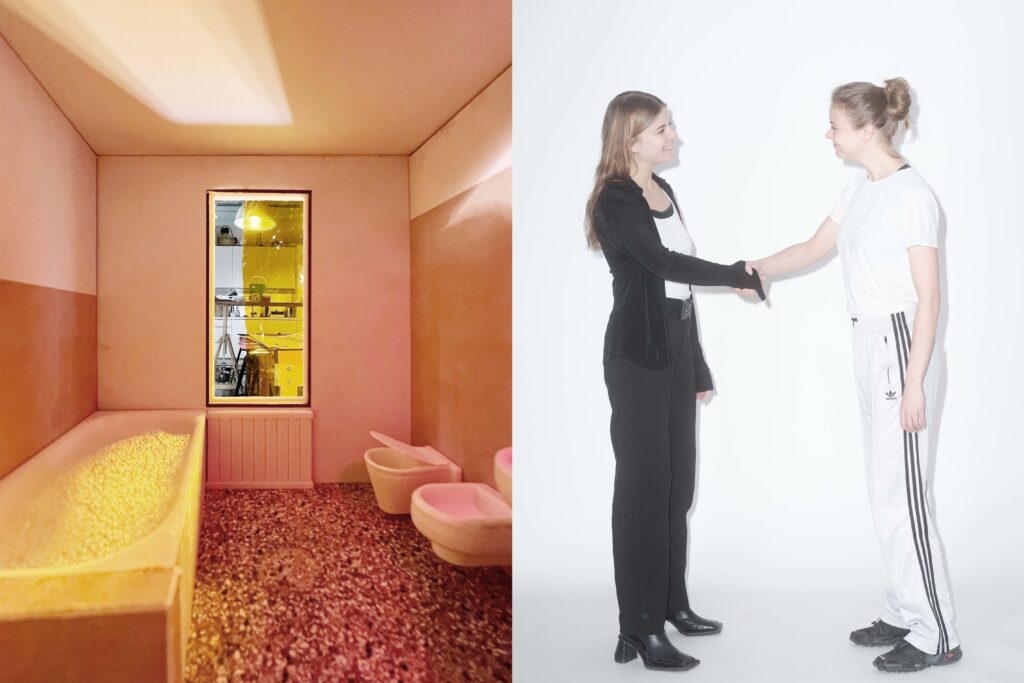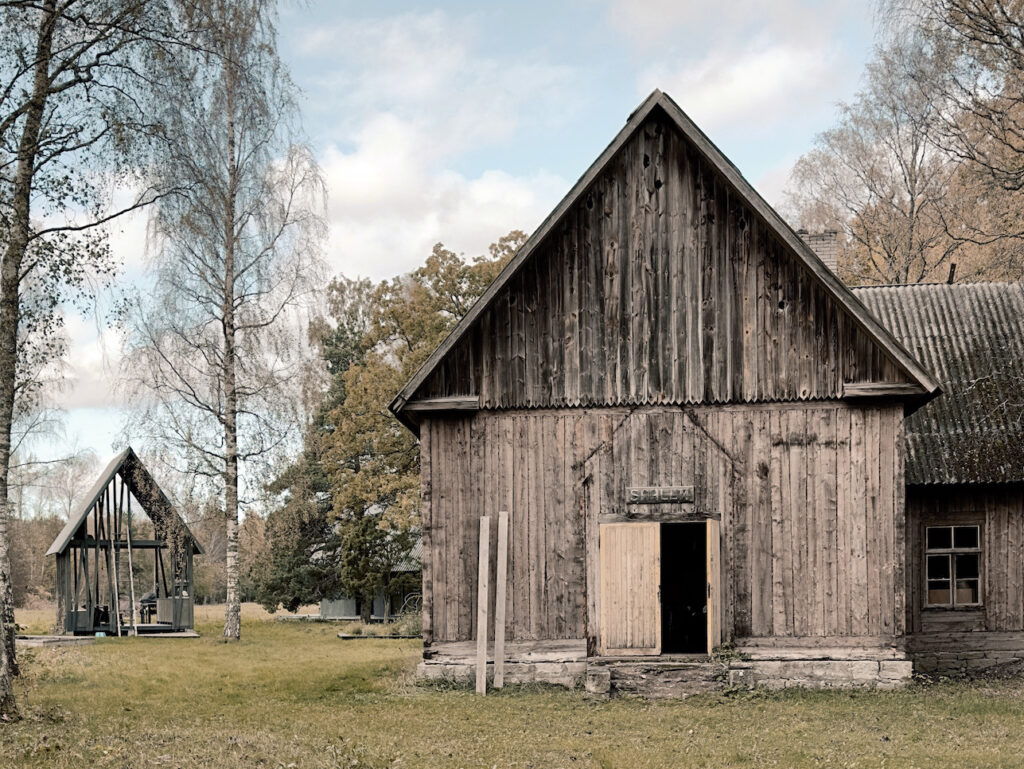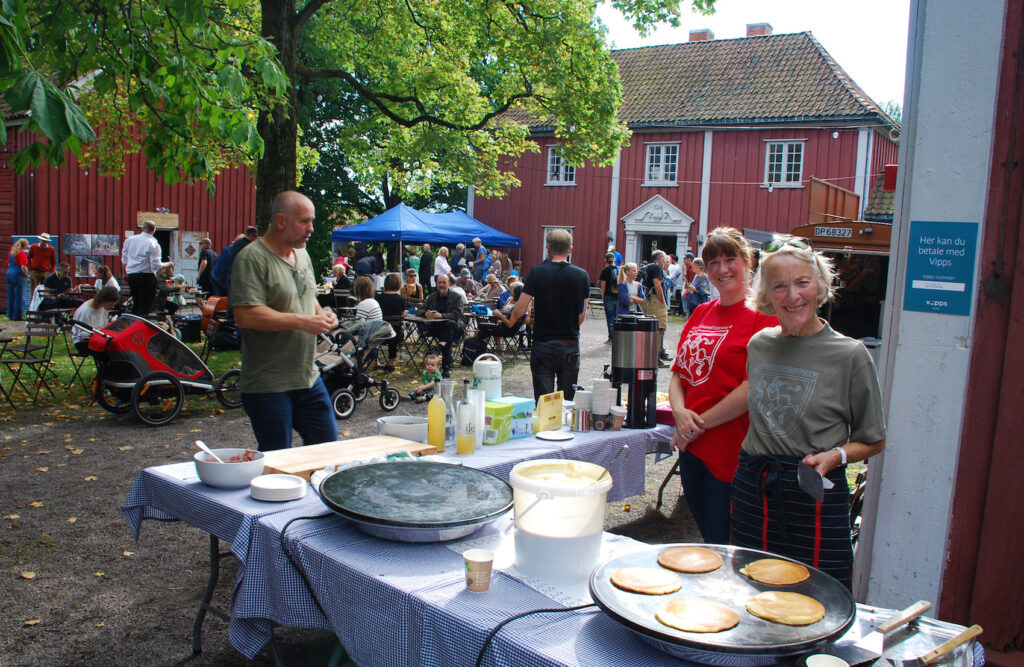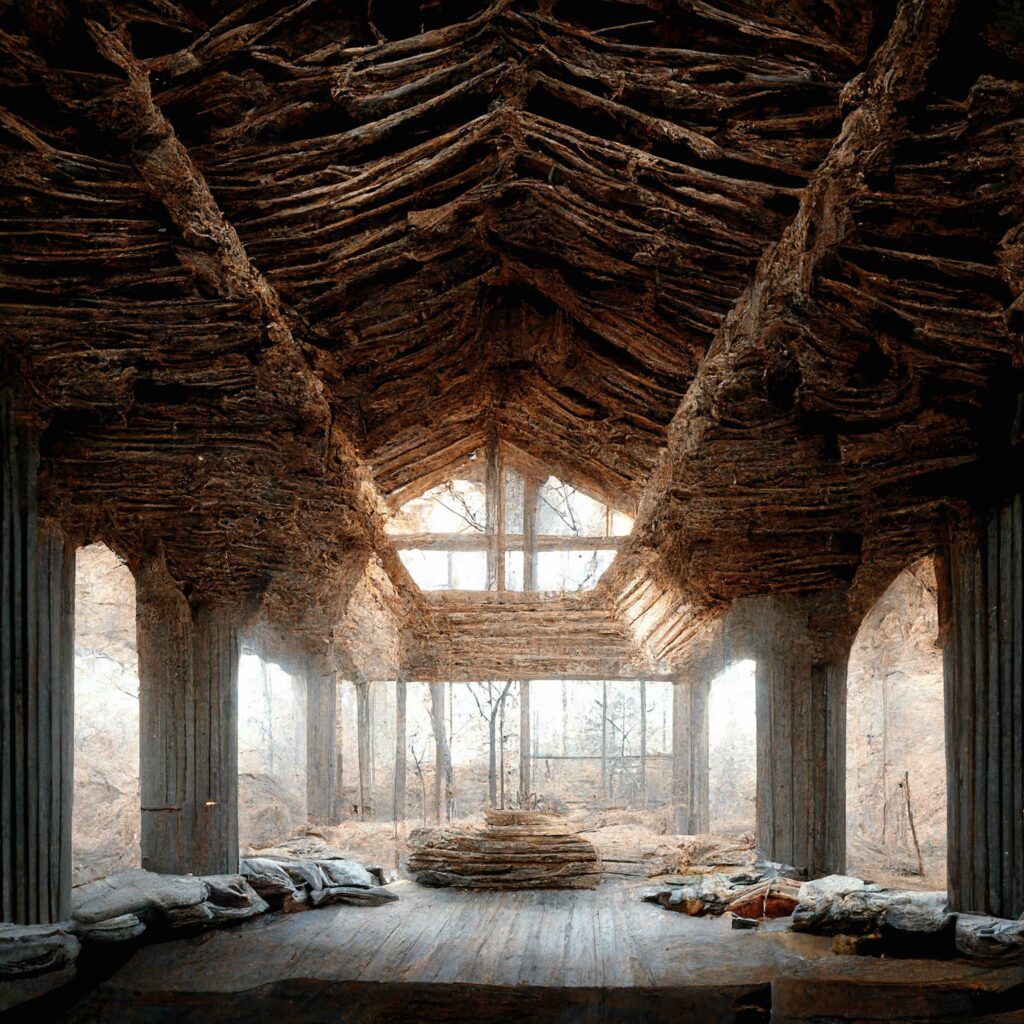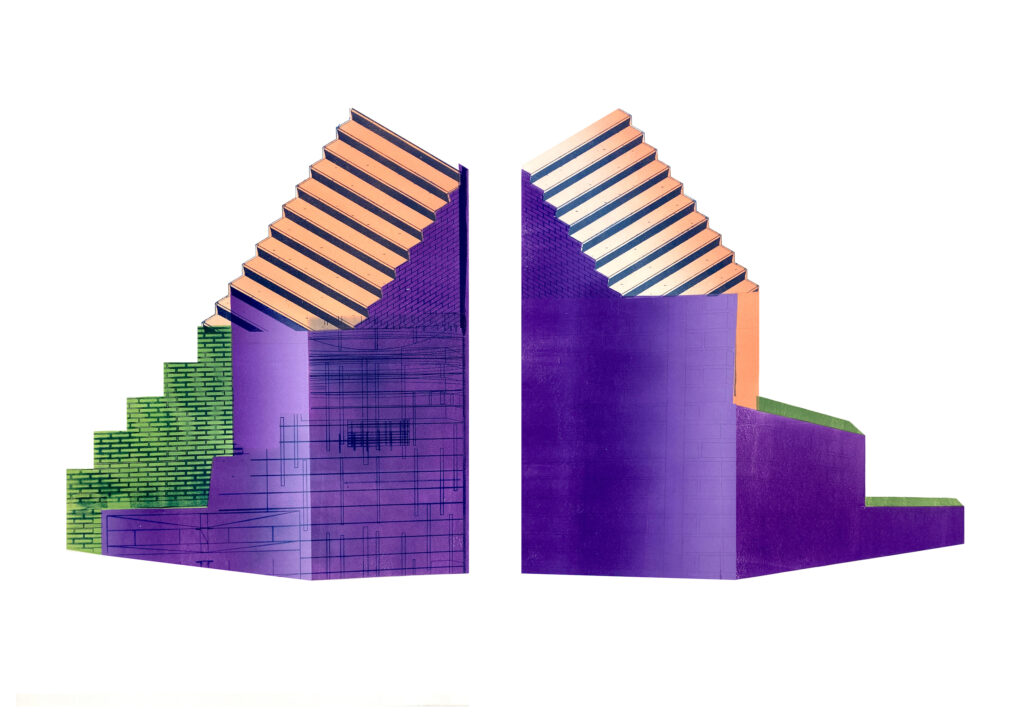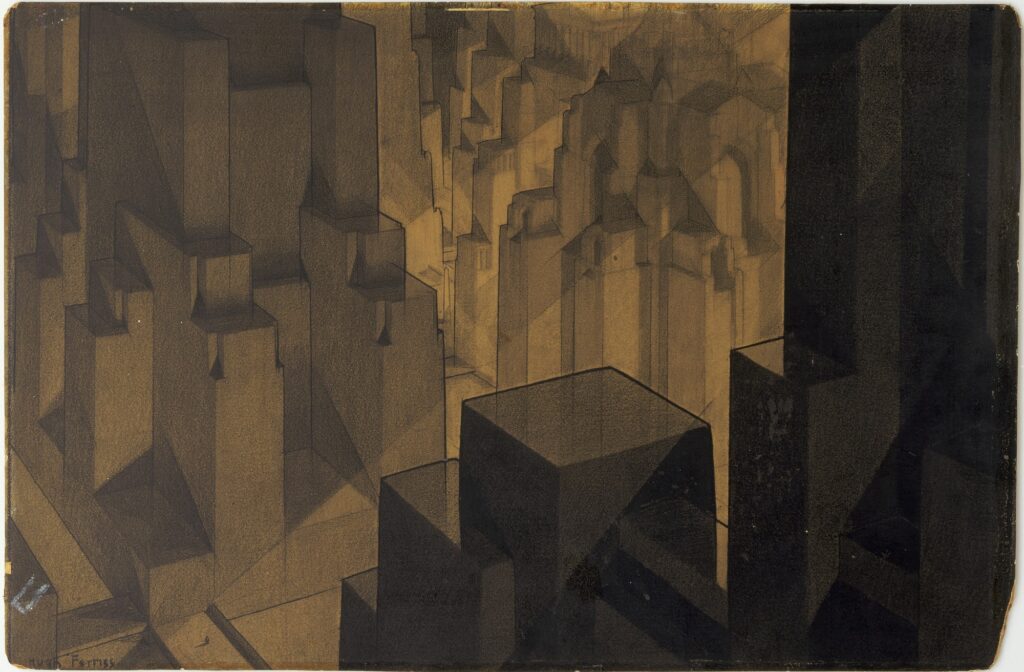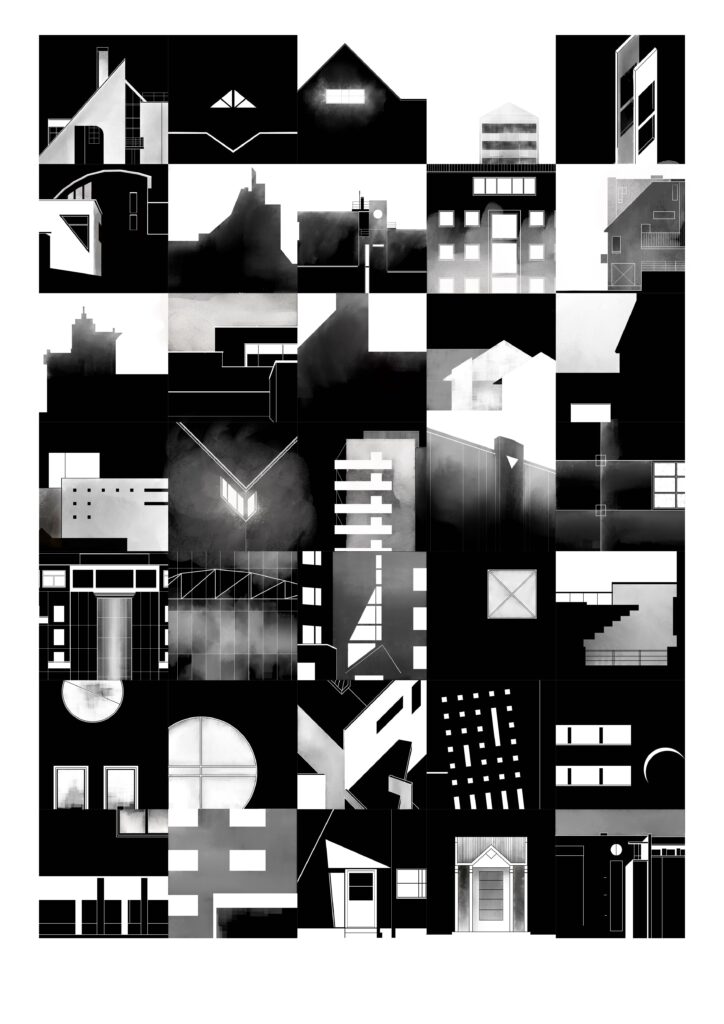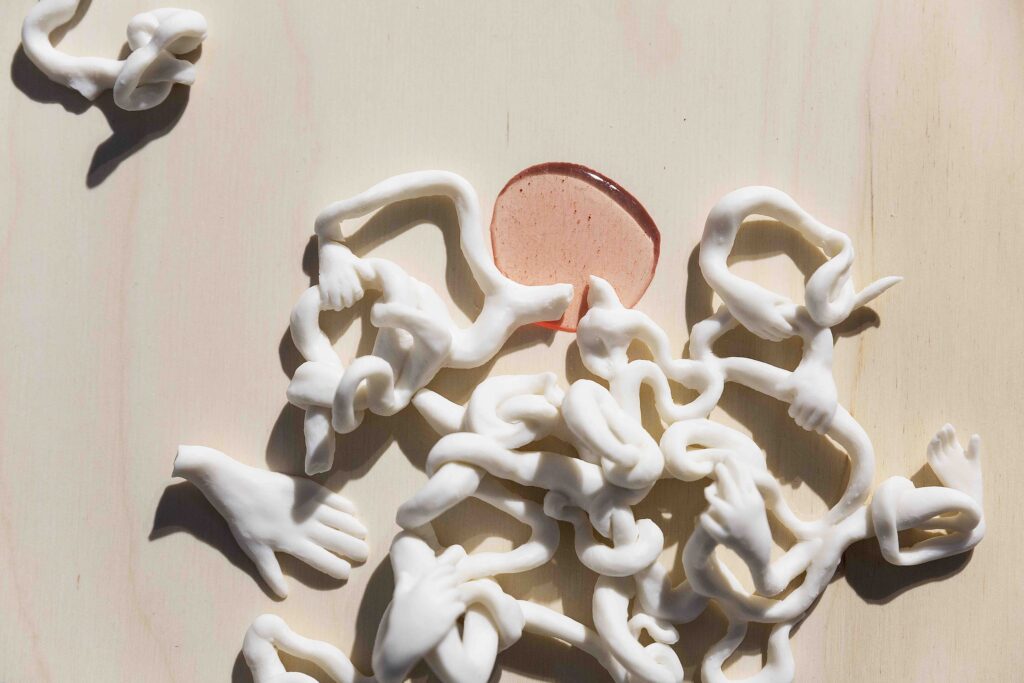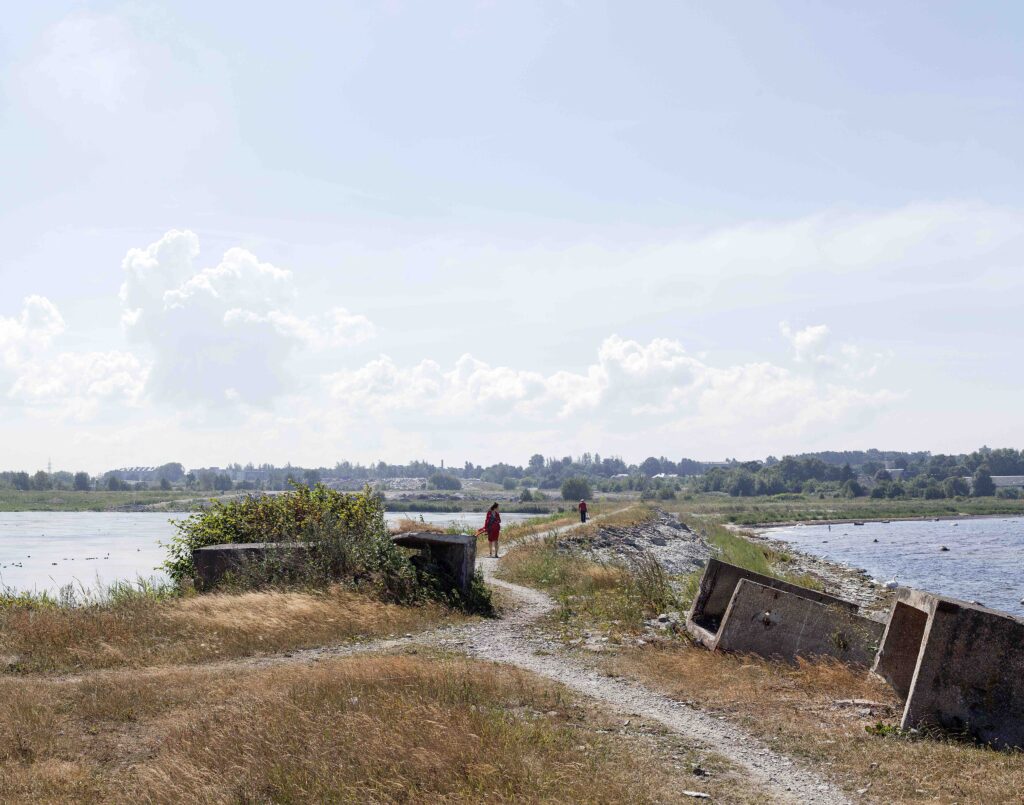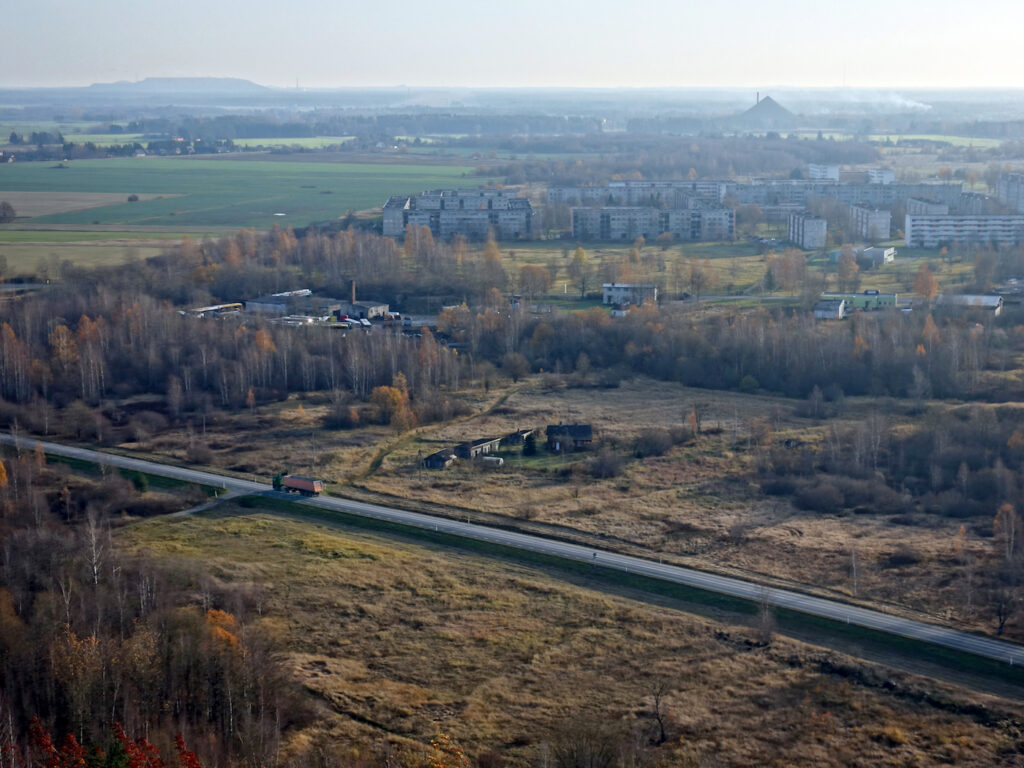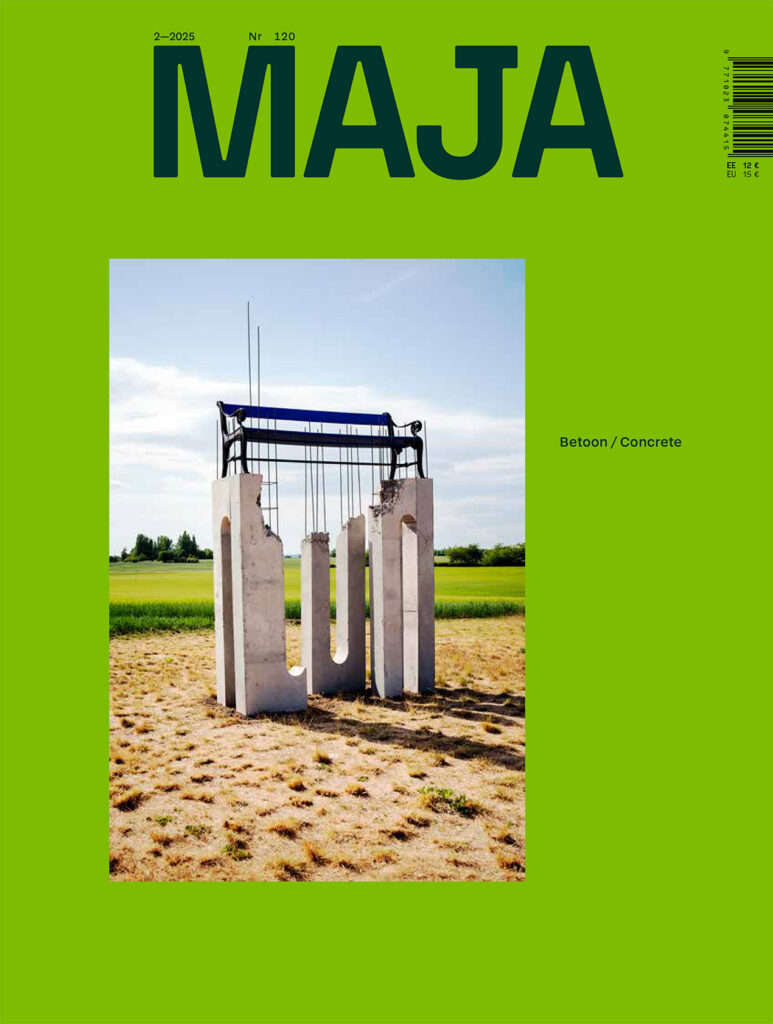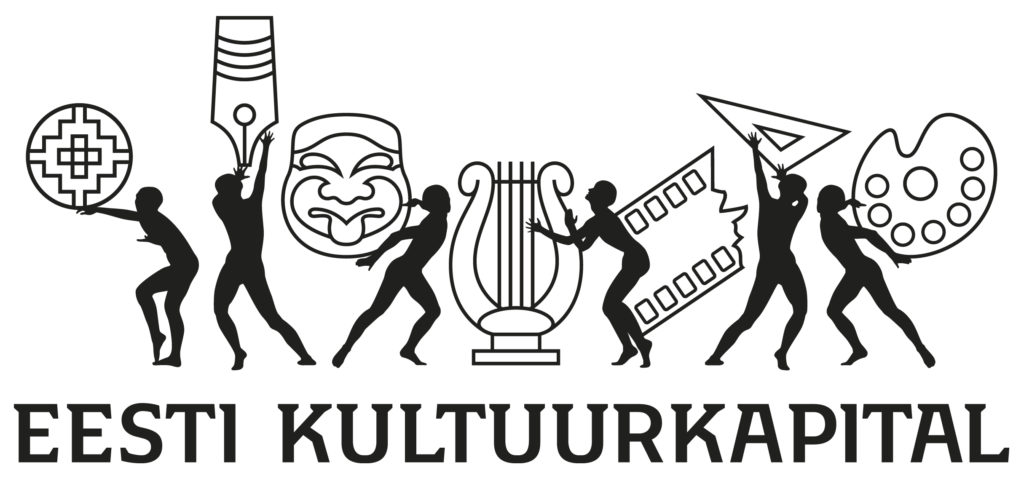MEDIATION
Why not set a higher value on dispersal? Instead of living in just one place, and trying in vain to gather yourself together there, why not have five or six rooms dotted about Paris?
Johan Tali discusses how clear boundaries can inspire great ideas.
Norway is a country characterised by high voluntary activity, 78% of its 5.4 million inhabitants are members of at least one voluntary organisation, 48% are members of two or more. Volunteering is and has been an important aspect of Norwegian society, and in recognition of that, 2022 has been designated as the Year of Volunteering.1 During this year NGOs and smaller volunteering associations together with local, regional, and national governments have collaborated in highlighting the value of volunteering in Norway.
An AI called Midjourney has been used in creating the illustrations which only input was free-format text. As a result, the algorithm synthesised an image that could be called unique. These illustrations stemmed from a question on how to describe routine spatial solutions and objects only by means of their function and properties. How might the image produced by the algorithm differ from the architectural element that has already solidified in history?
What kind of relationship between a space and its surroundings would help to avoid the objectification of space—i.e., treating buildings or areas as sculptures or fully controllable objects?
In the last few years, several public buildings with unexpected combinations of functions have been built in Estonia due to practical reasons, and soon, a series of state houses combining a kaleidoscopic array of institutions in smaller towns will follow. How do these public buildings reflect our present times, and how should they?
Graphic essay by Paco Ulman.
The way nature wills its way into every nook and cranny, even to places where it is unwanted, creates a feeling that freedom, free space, and free will still exist in the world. Burgeoning envelops small moments of pleasure, reverie, and rest on what would otherwise be a routine course from one point to the next.
Kõigepealt tuleb arutleda selle üle, mida saab üldse tühermaaks pidada. Kindel on see, et tühermaa on linnalooduse osa, kus inimese mõju on väga selgelt näha ja tunda. Võiks ehk isegi öelda, et tühermaa on inimtekkeline. Seal võib kohata varemeid, lagunenud taristut, ehitusjäätmeid ja muud. Kui püüame sõnastada definitsiooni, siis saame öelda, et tühermaa on inimese kasutatud ala, mis on seisnud aastaid kasutuseta ja mille loodus on aastatega üle võtnud. Kindlat piiri, mis on tühermaa, mis mitte, on siiski üsna raske tõmmata. Tallinna Ülikoolis oleme põhjalikumalt uurinud Lasnamäe tühermaid ja järgnevad suuremad üldistused teen just nende põhjal.
Answers by Roland Reemaa, Urmo Mets, Juhan Kangilaski, Andra Aaleo and Keiti Kljavin.
Postitused otsas
ARCHITECTURE AWARDS


